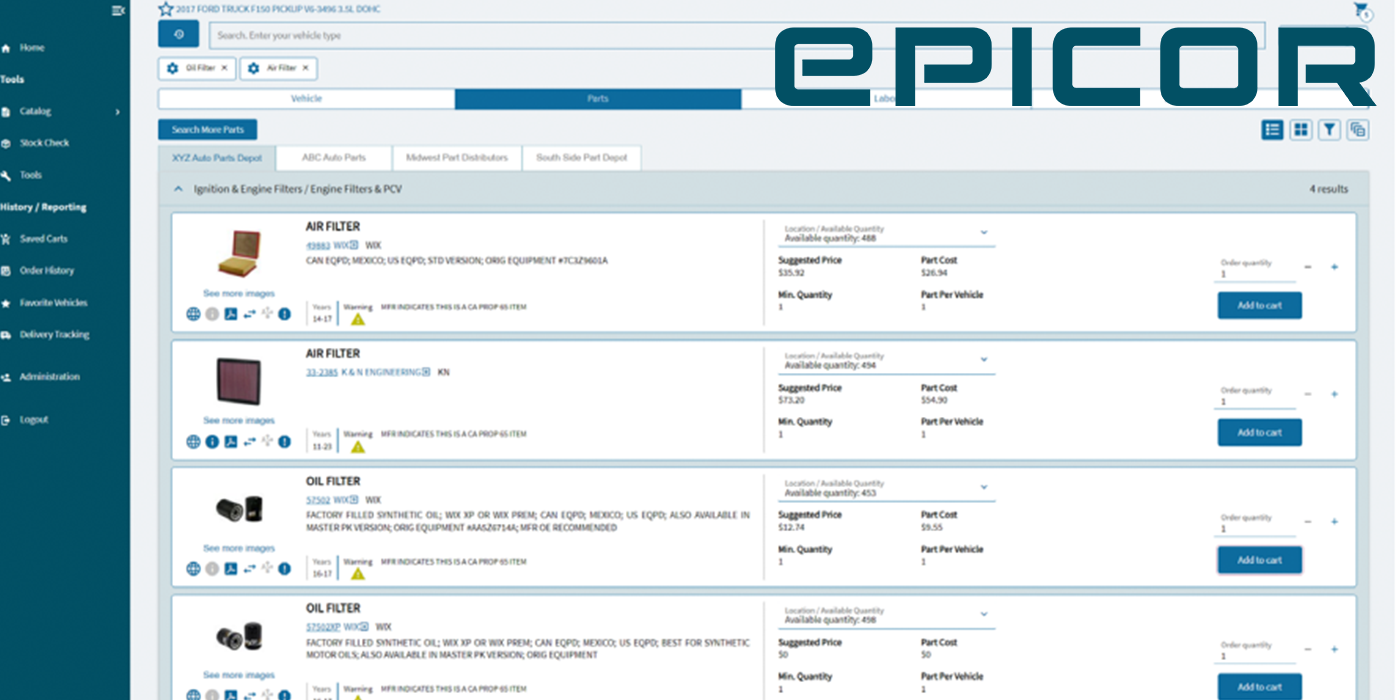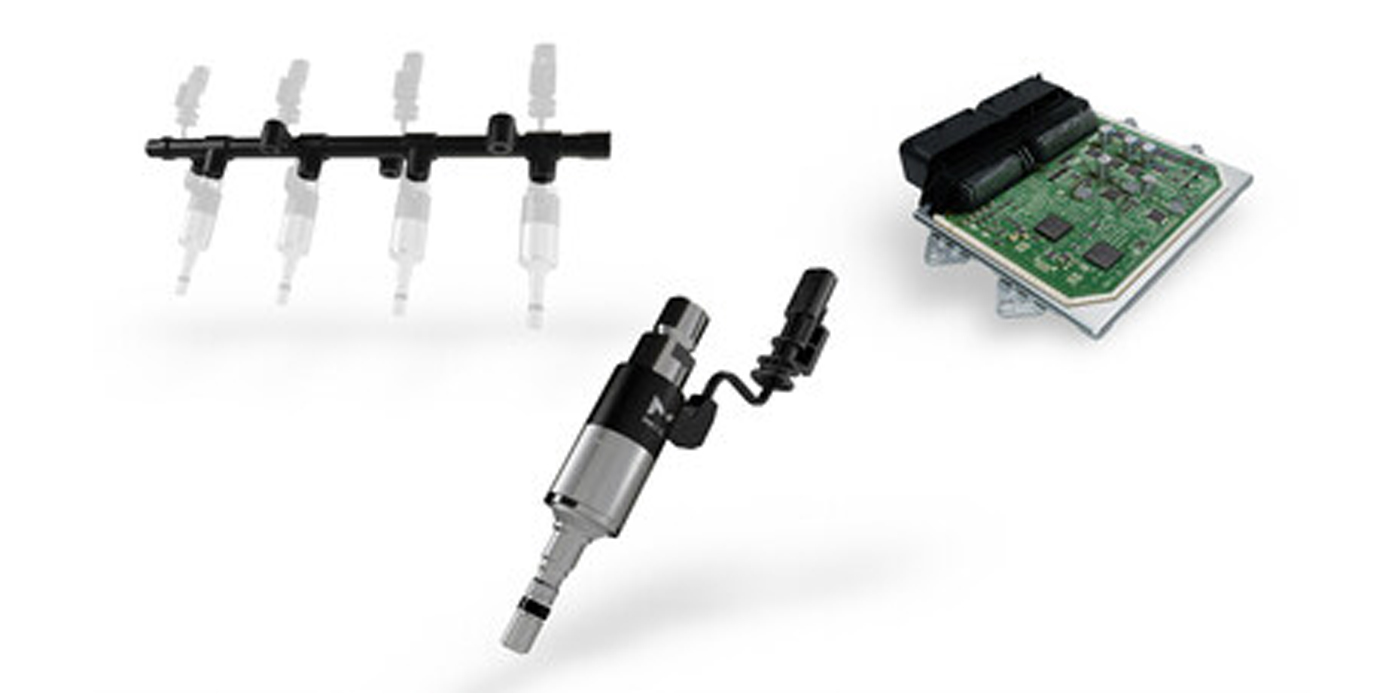 As the result of globalization, competition and the economic recession, the work environment has changed a lot. A few years ago, front-line employees might expect to invest their entire work lives with one company. Now, according to Forrester Research, an entry-level person is likely to have 12 to 15 jobs in a lifetime with several organizations.
As the result of globalization, competition and the economic recession, the work environment has changed a lot. A few years ago, front-line employees might expect to invest their entire work lives with one company. Now, according to Forrester Research, an entry-level person is likely to have 12 to 15 jobs in a lifetime with several organizations.
A new report supports this different perspective
The report was based on the conclusions of round-table discussions, moderated by the directors of human resources and labor relations from Microsoft, Hewlett-Packard, WiZink and Orange, and attended by 40 senior managers from different companies. The report focused on disengagement, contract terminations, new jobs and employability. Written by Pilar García-Lombardía and coordinated by IESE’s José Ramón Pin, the report provided insights into the changing dynamic between employers and employees. (IESE is a business school in Barcelona, Spain.)
Key findings
The report found two keys to maintaining employee engagement: “constant work and communication.” At the same time, the report found to avoid disengagement, employers need to minimize the increased pressure at work, including seeing others made redundant by company restructuring. This employee disengagement may manifest itself as “burnout, cynicism, or heightened criticism.” Once an employee is truly disengaged, often the best approach is to give that employee “a creative career redirection opportunity.”
The best working relationship is one characterized by “collaboration, not dependency.” Moreover, the report was clear “an excessively paternalistic corporate culture can lead to personal stagnation.”
Some jobs will disappear
As an increasing number of employers embrace new technologies, more and more jobs will go away. However, other jobs, supporting these new technologies, will be created. By the year 2025, employers expect that robots will perform 45 percent of manufacturing tasks, up from 10 percent today. One of the keys for staying employable is a job that requires social interaction. Without it, the risk of being replaced may be as high as 90 percent.
Even as some jobs go away, the evolution of how work gets done will create new jobs; unfortunately for many low-skilled workers, many of these jobs will require new skills and knowledge. Founder and executive director of the DaVinci Institute and author of “Communicating with the Future,” Thomas Frey, talks about 162 new professions. These jobs range from privacy managers to situational therapists, to many kinds of eldercare professionals.
Digital employment will be the salvation of many young people
As part of a Spanish trade fair on digital employment, data readily available from the “Observatory for Employment in the Digital Age,” predicted that eight out of 10 young people, age 20 to 30, will find employment related to a digital field that does not yet exist. The most in-demand roles will be “growth hackers” and “big-data specialists.” People who can interpret big data are already in high demand.
For employees, adaptability will be one key to success
The “Free Agent Nation” that Daniel Pink wrote about, is here; it is increasingly common to see workers with specific technical skills working as freelancers on long-term projects. The keys to maintaining employability in the face of this transforming workplace will be self-development through enhancement of knowledge, skills and attitudes, and the ability to adapt to continuous change.
Advice to employees
Avoid dependence on any one company and assume personal responsibility for your own ongoing training and professional development. Develop your ability to anticipate new opportunities and capitalize on them.
In the meantime …
As we move into the future, the current skilled labor shortages are not going away. That said, employers are working as fast as possible to eliminate jobs by utilizing Artificial Intelligence and other technologies, even robots. Software and robots never eat lunch, get sick or need a personal day. A category of employee that author Roger Herman called “the new adaptables” will continue to be in demand for the foreseeable future.
Special thanks to the Eurasia Review for this important article.














